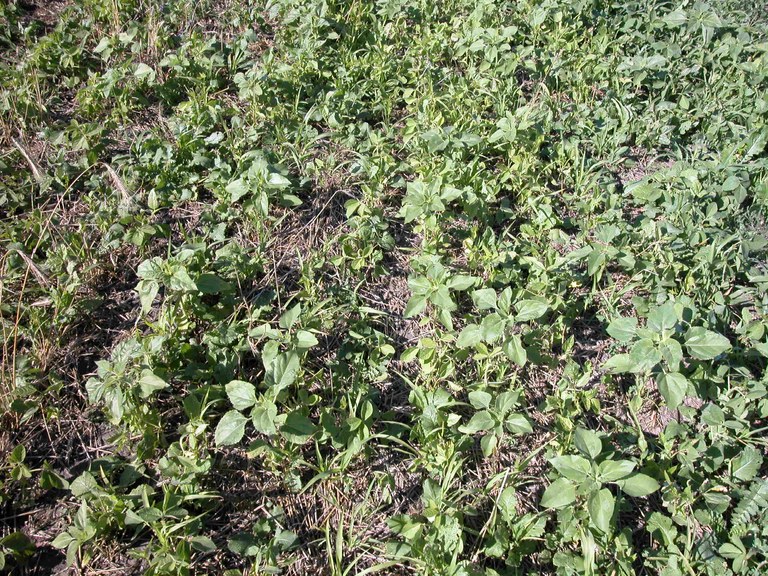References for Choosing Cover Crops Based on Herbicide Residues in Soil
With harvest in progress, there will be the opportunity to plant cover crops during late summer for numerous reasons including soil protection and increasing soil productivity. One of the many criteria to consider when choosing cover crops is a likely restriction with previously applied herbicides. With most herbicides, there is a waiting period between application and planting a new crop, including cover crops. The following are several references to aid in selecting cover crops based on herbicide restrictions.
- 2017 North Dakota Weed Control Guide: Pages 102-103 contain a chart showing crop rotation restrictions for numerous herbicides and crops. Also, on page 105 is information on herbicide residue and fall cover crop establishment.
- ND cover crop tolerance to previously applied wheat herbicides: The research to build this database began in 2016 at three NDSU locations and continues in 2017. The 2016 data includes the relative tolerance (low, medium or high damage) of nine crops (radish, turnip, beet, field pea, lentil, flax, oat, barley and rape) to nine commonly used wheat herbicides. The data can be obtained by contacting the Carrington REC.
- Herbicide rotation restrictions in forage and cover cropping systems: Includes tables that list months to plant forage crops (non-legume and legume) after herbicide application on small grain, corn and soybean. http://ipcm.wisc.edu/download/pubsPM/Herbicide-Rotation-Restrictions_FINAL.pdf
- Managing risk when using herbicides and cover crops in corn and soybean. www.extension.umn.edu/agriculture/weeds/herbicides/docs/cover-crops-and-herbicides.pdf
 Growing cover crop mixture.
Growing cover crop mixture.


